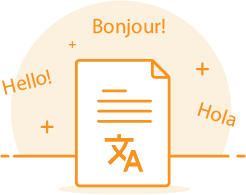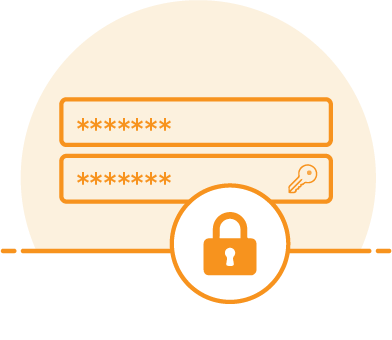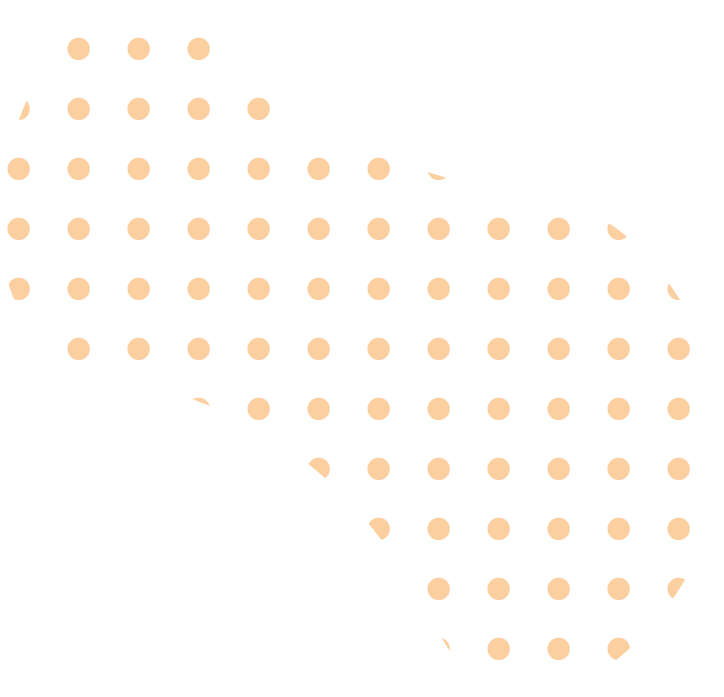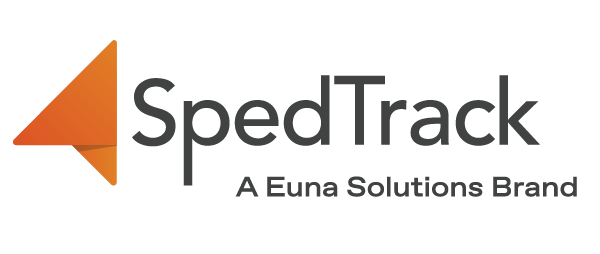FAPE is an acronym that is often heard within the special education community. It stands for “free appropriate public education,” a right that all students with disabilities are entitled to receive.
This article will take a closer look at FAPE and explore what it means for students, educators, parents, and guardians.
What is FAPE?
Free Appropriate Public Education (FAPE) is a provision in federal law that mandates certain rights for students with disabilities.
The U.S. Department of Education (DOE) is the federal agency responsible for enforcing the Individuals with Disabilities Education Act (IDEA), which stipulates the rights of children with disabilities for FAPE. The DOE created regulations that guide what FAPE means and how it should be offered to students with disabilities.
FAPE ensures that students with unique needs and disabilities are given an educational experience comparable to those without them. Students with disabilities are expected to be educated with students without disabilities as much as it is appropriate.
The IEP team creates Individualized Education Programs (IEPs), assigning different professionals to various tasks that provide special education and related services for the child. Along with these rights come the responsibilities of staff in ensuring the students receive FAPE.
What’s Covered in Free Appropriate Public Education?
IDEA dictates that school districts must offer FAPE for students with disabilities, developing Individual Education Programs (IEPs) for eligible students according to the child’s unique needs.
A person with a disability is defined by Section 504 of the Rehabilitation Act of 1973 as any eligible child that:
- Has an impairment—physical or mental—that “substantially limits one or more major life activities”
- Has a record of said impairment
- Is deemed to have such impairment
Section 504 states that a school must offer FAPE to all qualified persons with a disability under the district’s supervision, no matter the severity or nature of the student’s disability.
FAPE covers four key components:
- Free (at no cost to the parent)
- Appropriate (IEPs outline a program for students to meet their unique needs)
- Public (students have the same rights attend public schools as all children)
- Education (guarantees students with disabilities receive related services too)
Free
Free special education services refer to a range of assistance that helps children with disabilities learn, at no additional cost to the parent or parents. They are tailored to fit the child’s unique needs.
A child with a disability qualifies for special education services if found eligible for services under one or more of the thirteen federally defined exceptionalities (see Eligible Children Under FAPE section below).
Children with these disabilities require FAPE to meet their educational needs and receive their educational benefit.
Appropriate
It is crucial for special educators to provide students with appropriate education to meet each student’s needs. In Special Education, this is accomplished by the students educators working together to build a program specific to the students needs.
An Individualized Education Program (IEP) is a written document for students with physical, emotional, or learning disabilities that outlines what additional and appropriate services they’ll need for their unique needs.
According to the Individuals with Disabilities Education Act (IDEA), an IEP is “a written statement for each child with a disability that is developed, reviewed, and revised in IEP meetings following Sec. 300.320 Definition of individualized education program.”
It is a plan for educating a child who needs specially-designed instruction and related services because of a disability. Specifically, the child’s IEP:
- Provides a detailed description of the student’s current levels of performance
- Establishes goals
- Identifies resources and tailored approaches that will support an individual child’s learning, enabling them to meet their educational goals
- Describes how to implement these resources to ensure access to the general curriculum
Setting Specific, Measurable, Attainable, Relevant, and Time-based (SMART) goals are essential for developing a quality IEP.
Defining student IEP goals allows the IEP team to understand student progress better, determine the method for data collection and tracking, and aid special education teachers in providing an optimal learning experience.
Public
Students with a disability are entitled to and have the same right to attend public school as non-disabled peers in the least restrictive enviornment.
“Least restrictive environment” or LRE means that students have the right to go to and receive services in the general curriculum and regular classroom instruction—not just in special education settings.
Children with disabilities get the same learning experience with their classmates as much as possible, only going to separate rooms to meet their unique needs. Public schools must provide this setup unless there’s a strong reason it must be done otherwise (and this reason should then be explained in the IEP).
While the term environment may suggest a place or setting, LRE also applies for special education and related services.
LRE may look differently for each student with a disability, depending on their unique needs. Here are a few scenarios of how LREs may vary:
- The child participates in the regular classroom under the general curriculum while receiving supplementary aid and support such as assistive technology, tutor, aide, or related services.
- The child spends half of their day in the regular classroom under the general curriculum and receives related services or special education instruction for the other half.
- The child receives specialized programs outside of the school district, through hospital programs, home school programs, or private schools.
Education
Students with disabilities are entitled to a quality education that is appropriately challenging. The IEP establishes all the required services that the student will be receiving to help them achieve their IEP goals thereby fulfilling the district’s requirement to meet FAPE.
Related services are defined as “transportation and such developmental, corrective, and other supportive services as are required to assist a child with a disability to benefit from special education.”
Related services include supplementary aids, assistance, instructions, and accommodations such as the following:
- Speech-language pathology and audiology services, including speech therapy
- Interpreting services
- Psychological services
- Physical and occupational therapy
- Recreation, including therapeutic recreation
- Early identification and assessment of disabilities in children
- Counseling services, including rehabilitation counseling
- Orientation and mobility services
- Medical services for diagnostic or evaluation purposes
The IEP team may recommend other child services to enhance their special education program.
Related services must be offered by qualified specialists who have the necessary licensure, certification, or other suitable requirements for a particular area of practice and training.
The components of related services used to advance the student are designed to assist them in:
- Achieving the annual IEP goals
- Being a part of and making progress in the general education curriculum
- Taking part in nonacademic and extracurricular activities
- Learning and participating alongside students with disabilities and non-disabled students alike
Eligible Children Under FAPE
All children with identified disabilities under a school district and who need services and supports to gain educational benefits are entitled to receive FAPE.
IDEA specifies special education programs and services eligibility through thirteen disability categories, also called “exceptionalities.” These are the following:
- Hearing impairment (including deafness)
- Visual impairment (including blindness)
- Speech or language impairment
- Orthopedic impairment
- Other health impairment
- Intellectual disability
- Specific learning disability (SLD)
- Serious emotional disturbance
- Autism/autism spectrum disorder (ASD)
- Traumatic brain injury
- Deaf-blindness
- Multiple disabilities
- Developmental delay
Importance of FAPE
FAPE is important because of the following:
- It guarantees the civil right to a free and appropriate public education for eligible students with disabilities.
- It ensures a child’s education in public schools and that their unique needs are met in a manner that will fit their circumstances.
- Thanks to the four critical components described above, it keeps the school districts are provided the framework to stay in compliance.
Ensure Compliance and Provide FAPE with SpedTrack
SpedTrack provides you with the tools to give you total confidence in your special education compliance. Built-in error checking features help school districts prevent future compliance errors.
Request a demo today and see how our software can help you stay organized and compliant with the law.


















